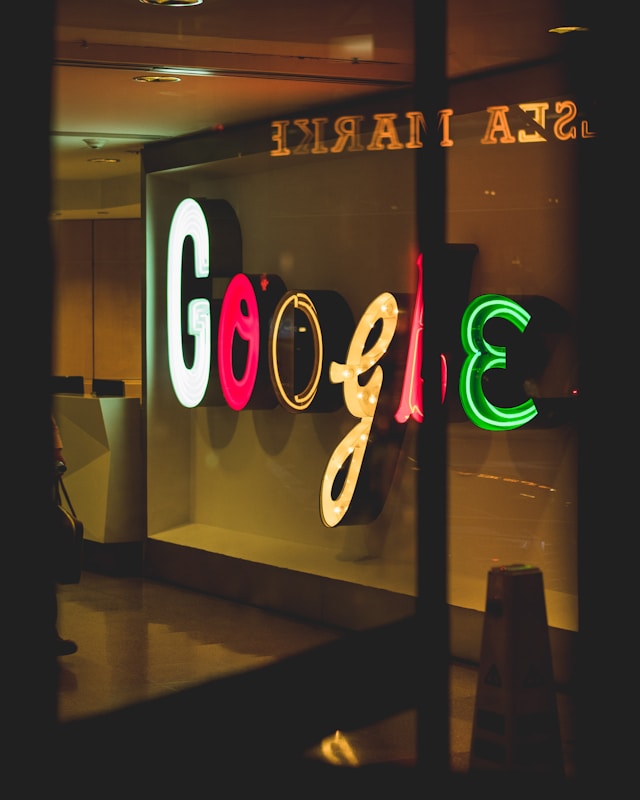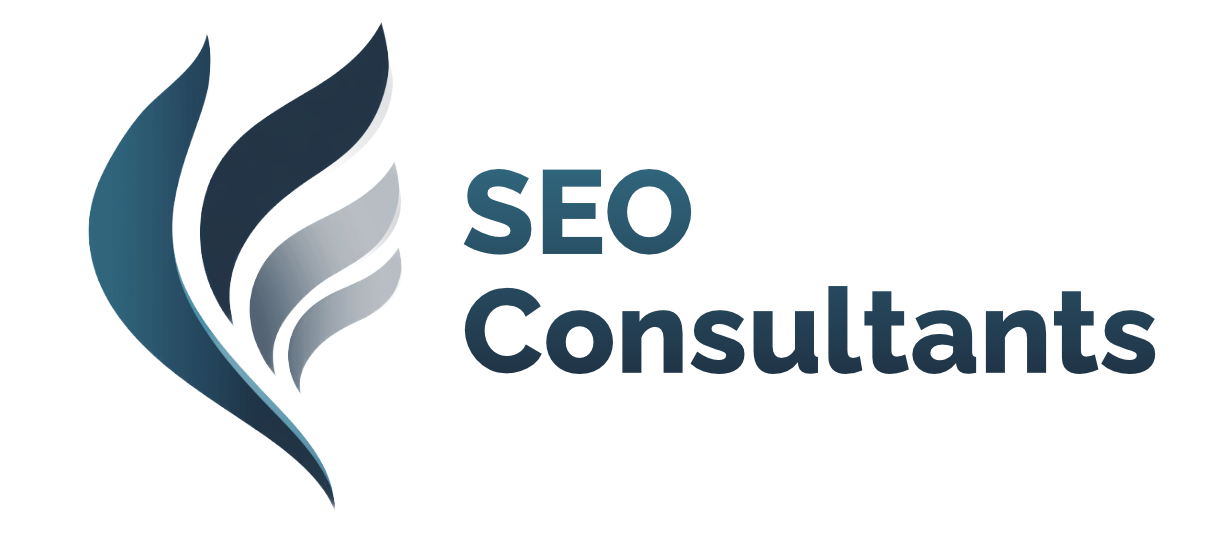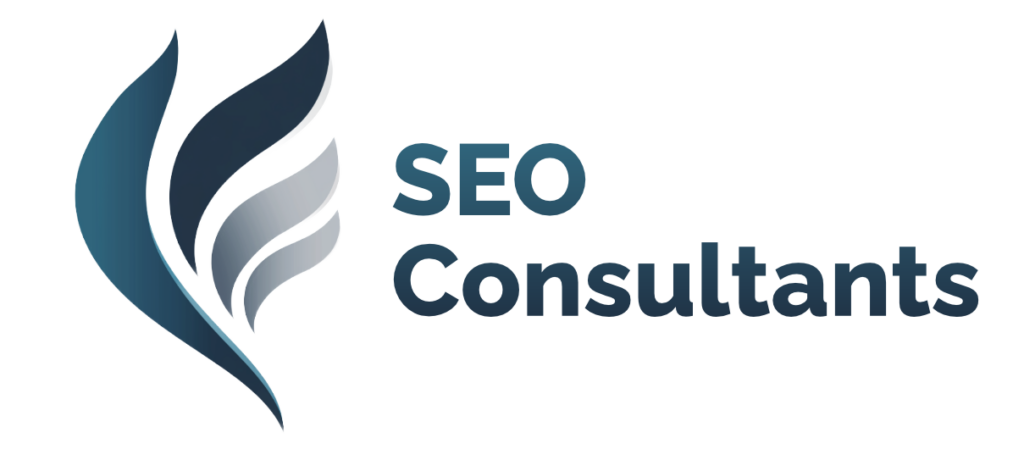Choosing a digital marketing strategy can feel like navigating a maze, with two of the most significant paths being Search Engine Optimisation (SEO) and Paid Ads. Both are powerful tools for driving traffic and growing your business, but they operate in fundamentally different ways. The key to success isn’t about picking one over the other, but understanding their unique strengths and weaknesses. By knowing when to use each and how they can complement one another, you can build a comprehensive online presence that delivers both immediate results and long-term, sustainable growth.

When should I choose SEO over Paid Ads, or vice versa?
The choice between SEO and Paid Ads depends largely on your business goals, budget, and desired timeline for results. You should choose SEO if you are looking for a sustainable, long-term growth strategy and are willing to invest time and resources for results that will compound over time. SEO builds brand authority and provides a consistent flow of ‘free’ organic traffic that can be a highly cost-effective source of leads and sales in the long run.
On the other hand, Paid Ads are the better option if you need immediate results. They are perfect for new websites that have no existing organic authority or for businesses running a short-term promotion. Paid Ads give you instant visibility at the top of the search results, allowing you to quickly test keywords, track conversions, and drive targeted traffic. They are an ideal choice for businesses with a clear budget for advertising and a need to generate sales or leads quickly.
Can SEO and Paid Ads work together?
Yes, SEO and Paid Ads can work together to form a powerful and cohesive digital marketing strategy. Rather than viewing them as competing forces, it’s more effective to see them as complementary tools. Paid Ads can provide immediate data on which keywords convert, allowing you to use that information to refine your long-term SEO strategy. If a keyword is performing well in your PPC campaign, it’s a strong signal that you should also invest in optimising for it organically.
Furthermore, running both strategies simultaneously can help you dominate the search results for your most important keywords. By securing both the top ad slot and a high organic ranking, you effectively take up more space on the search engine results page (SERP), which increases your brand’s visibility and boosts your click-through rate. This dual approach maximises your online presence and gives you a significant advantage over competitors.


Which is more cost-effective in the long run?
In the short term, Paid Ads can appear to be more cost-effective because you only pay for clicks and can immediately measure your return on investment. However, in the long run, SEO is generally far more cost-effective. While there is an upfront investment of time and resources into content creation and optimisation, the traffic you earn is free. You are not paying for every single click, which means your traffic costs decrease over time.
With Paid Ads, you must continuously spend money to maintain your visibility. The moment you stop your campaign, your traffic from that source ceases. The work you put into SEO, however, creates a lasting asset—your high-ranking website—that can continue to generate traffic and leads for months and years to come without an ongoing per-click cost.
How do I track and measure the ROI of each?
Measuring the ROI for Paid Ads is generally straightforward. You can easily track your ad spend, the number of clicks and conversions you receive, and then calculate your return on ad spend (ROAS). Tools like Google Ads provide detailed reports that show you exactly how much each keyword and ad campaign is costing you and what revenue they are generating.
Measuring SEO ROI is more complex because the costs are less direct. You need to account for the time and resources spent on things like content creation, technical optimisation, and link building. You can track your organic traffic, keyword rankings, and the number of leads or sales that originate from search engines. By assigning a monetary value to these conversions and comparing it to your total SEO investment, you can calculate the ROI. While it takes more effort to measure, a high SEO ROI is a strong indicator of a healthy, sustainable business model.


What is Quality Score in Paid Ads and how does it relate to SEO?
Quality Score is a metric used by Google to determine the relevance and quality of your ad and its associated landing page. A higher Quality Score can lead to lower ad costs and better ad positioning. While it is a PPC metric, it is closely related to SEO because a high Quality Score is influenced by factors that are also central to SEO, such as the relevance of your keywords, the quality of your ad copy, and the user experience of your landing page.
In essence, a strong SEO foundation can help improve your Quality Score. If your landing page is well-optimised for the keywords you are bidding on, has a fast loading speed, and provides a great user experience, Google will reward you with a higher Quality Score. This means that by investing in SEO, you are not only improving your organic performance but also making your paid advertising more efficient and cost-effective.
How do I choose the right keywords for a Paid Ads campaign?
Choosing the right keywords for a Paid Ads campaign is crucial for its success. The focus here is on keywords with high commercial intent, meaning the user is close to making a purchase. Unlike SEO, where you might target informational keywords, a PPC strategy prioritises keywords that signal a readiness to buy, such as ‘buy’, ‘price’, or ‘hire’.
You can use keyword research tools to identify these commercial keywords and analyse their competition and cost-per-click (CPC). You can also use a competitor analysis to see which keywords your rivals are bidding on. By focusing on highly specific, targeted keywords that are likely to convert, you can ensure that your ad spend is being used efficiently to generate a positive return.


Are there any risks associated with only using one of these strategies?
Relying exclusively on one of these strategies can be a risky move for a business. If you only focus on Paid Ads, your business is completely reliant on your advertising budget. The moment you stop spending, your traffic and lead generation will cease. This lack of organic presence can make your business vulnerable to competitors who are building long-term authority through SEO.
Conversely, if you only focus on SEO and ignore Paid Ads, you may be missing out on valuable opportunities for immediate traffic and data. It can take a long time to rank for competitive keywords, and you might be losing sales to competitors who are running effective ad campaigns. A balanced approach that uses both strategies provides the best of both worlds, giving you a safety net of organic traffic while also allowing you to capture immediate demand through paid channels.
How does an SEO consultant help with both?
An SEO consultant can provide a holistic view of your digital marketing strategy and help you integrate both SEO and Paid Ads for maximum impact. They can use their expertise in keyword research to identify high-value keywords for both organic ranking and paid campaigns. They can also ensure that your website’s landing pages are optimised to support your ad campaigns, thereby improving your Quality Score and conversion rates.
Furthermore, a consultant can help you understand the data from both sides of the coin, providing insights into how your SEO efforts are influencing your paid performance and vice versa. This integrated approach ensures that your marketing budget is being used as efficiently as possible, with all your online activities working together to achieve your business goals.


Can I use SEO to improve the performance of my Paid Ads?
Yes, you can absolutely use SEO to improve the performance of your Paid Ads. As previously mentioned, a strong SEO foundation can lead to a higher Quality Score in Google Ads, which can result in lower costs and better ad positions. By improving your landing page’s relevance, site speed, and mobile-friendliness—all key components of SEO—you are directly improving the factors that Google considers when assigning a Quality Score.
Additionally, the content you create for your SEO strategy can be repurposed for your ad campaigns. For instance, a high-performing blog post that ranks well organically can be used as a landing page for a targeted ad campaign. This synergy ensures that your efforts in one area of digital marketing are also benefiting others, providing a greater return on your total investment.
What are some common mistakes to avoid in a Paid Ads campaign?
One of the most common mistakes in Paid Ads is not doing thorough keyword research. Simply bidding on broad, generic keywords can quickly drain your budget without providing a good return. Another mistake is failing to create relevant and compelling ad copy that aligns with the user’s search intent. If your ad doesn’t stand out, it won’t get clicked, no matter how high it’s placed.
Failing to optimise your landing pages is another significant error. Even if you get the click, if the landing page is slow, irrelevant, or not mobile-friendly, the user will quickly leave. Lastly, many businesses fail to track their conversions and ROI properly, which means they are spending money without knowing if it is generating any profit. Avoiding these mistakes is crucial for running a successful and profitable Paid Ads campaign.


